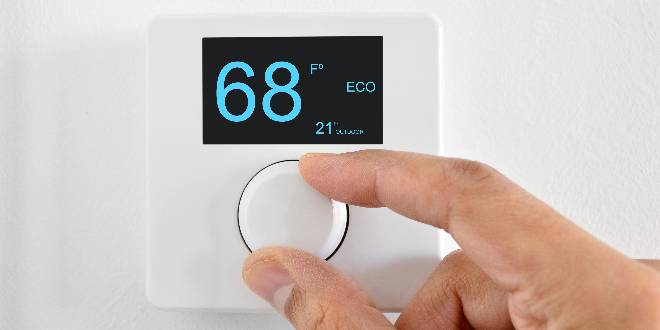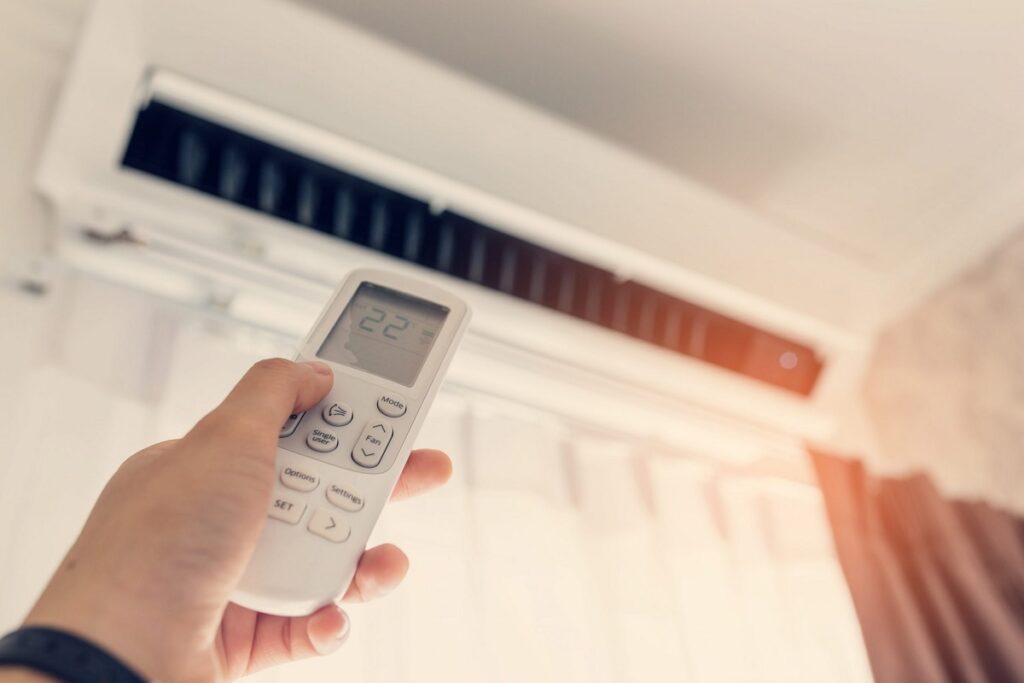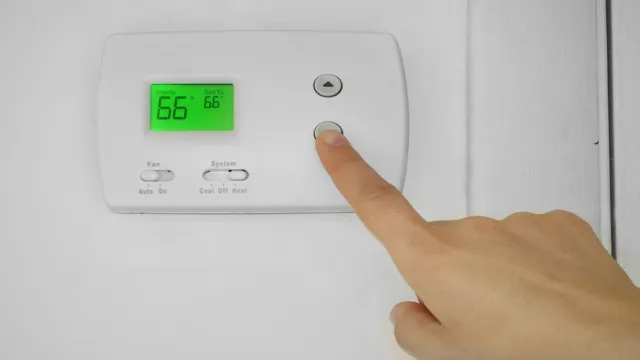Why Is My Ac Still Run After Reaching Temperature
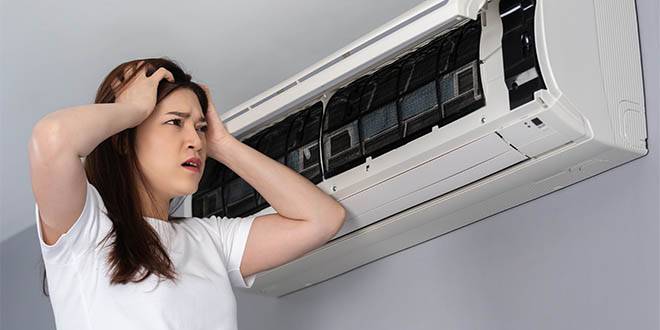
Imagine this: You're nestled under a cozy blanket, the thermostat reading a perfect 72 degrees. Outside, the summer sun blazes, a stark contrast to the cool sanctuary you've created indoors. But then, a nagging thought creeps in – is that the AC still humming? Despite reaching the set temperature, it seems to be stubbornly refusing to switch off. The gentle hum turns into a source of subtle anxiety, as you wonder if your energy bill is silently skyrocketing.
This article dives into the common reasons why your air conditioner might continue running even after reaching the desired temperature. We’ll explore potential culprits ranging from simple fixes to more complex mechanical issues. Understanding these factors can help you troubleshoot the problem, potentially saving you money and extending the lifespan of your AC unit.
The Usual Suspects: Simple Explanations
Sometimes, the reason your AC is overachieving is surprisingly straightforward. Let's start with the easiest possibilities to rule out.
First, double-check your thermostat settings. Make sure the thermostat is set to "Auto" rather than "On." "On" mode forces the AC to run continuously, regardless of temperature.
Also, examine the fan settings. If the fan is set to "On" instead of "Auto," the fan will run continuously. Although the compressor may cycle off, it can give the impression that the AC is constantly working.
A dirty air filter is another common culprit. A clogged filter restricts airflow, forcing your AC to work harder and run longer to achieve the desired temperature. According to the U.S. Department of Energy, replacing a dirty air filter can lower your AC's energy consumption by 5-15%.
Delving Deeper: Mechanical and Systemic Issues
If the simple fixes don't resolve the issue, the problem might lie deeper within the system.
Refrigerant Leaks
Refrigerant is the lifeblood of your AC, responsible for cooling the air. A leak in the refrigerant line will reduce the system's cooling capacity.
As a result, your AC will struggle to reach the set temperature and may run constantly in an attempt to compensate for the loss. Refrigerant leaks require professional attention.
Dirty Condenser Coils
The condenser coils are located in the outdoor unit and release heat from your home. Over time, these coils can become covered in dirt, debris, and vegetation.
This buildup insulates the coils, preventing them from efficiently releasing heat. The AC unit then has to work harder and longer to cool your home.
Faulty Thermostat
The thermostat is the brain of your AC system. If it malfunctions, it might not accurately read the temperature in your home.
A faulty thermostat could be telling your AC to keep running even when the desired temperature has been reached. A professional HVAC technician can test and replace the thermostat if necessary.
Oversized AC Unit
Believe it or not, a too-powerful AC unit can also cause problems. An oversized AC cools the air too quickly, leading to short cycling.
Short cycling means the AC turns on and off frequently, without running long enough to properly dehumidify the air. As a result, the house might feel cool, but still humid, which can lead you to lower the thermostat even further.
Addressing the Problem: When to Call a Professional
While some of the issues described above can be addressed with DIY solutions, others require the expertise of a qualified HVAC technician.
If you suspect a refrigerant leak, have dirty condenser coils requiring a deep cleaning, or believe your thermostat is malfunctioning, it's best to call a professional. Attempting to fix these problems yourself could potentially damage your AC system or even pose a safety risk.
A professional can accurately diagnose the problem and recommend the appropriate solution. Regular maintenance, including annual inspections and cleaning, can also help prevent many of these issues from arising in the first place.
Preventative Measures: Keeping Your AC Healthy
Proactive maintenance is key to ensuring your AC runs efficiently and reliably. Simple steps can extend the lifespan of your unit and prevent unnecessary repairs.
Regularly change your air filter, typically every 1-3 months, depending on the manufacturer's recommendations and the air quality in your area. Keep the outdoor unit free of debris, trimming back any vegetation that might be obstructing airflow.
Consider investing in a programmable thermostat, which allows you to set different temperatures for different times of the day. This can help you save energy and maintain a comfortable temperature throughout your home.
The Bigger Picture: Energy Efficiency and Sustainability
Addressing the issue of a constantly running AC goes beyond just saving money on your energy bill. It also contributes to a more sustainable lifestyle.
According to the Environmental Protection Agency (EPA), heating and cooling account for a significant portion of household energy consumption. By ensuring your AC is running efficiently, you're reducing your carbon footprint and conserving valuable resources.
Choosing energy-efficient appliances and adopting smart energy habits are crucial steps towards a greener future. A well-maintained AC is not only good for your wallet but also for the planet.
Conclusion: Staying Cool and Conscious
Discovering your AC is stubbornly running beyond its set temperature can be frustrating. However, by understanding the potential causes and taking proactive steps, you can regain control of your home's climate and your energy consumption.
Whether it's a simple thermostat adjustment, a routine filter change, or a professional repair, addressing the issue promptly can save you money, extend the life of your AC unit, and contribute to a more sustainable lifestyle. So, take a moment to listen to the hum of your AC, and make sure it's working for you, not against you.
By being informed and proactive, you can ensure your home remains a cool and comfortable oasis, without the nagging worry of wasted energy and unnecessary expenses. Stay cool, stay informed, and stay conscious of your impact on the environment.
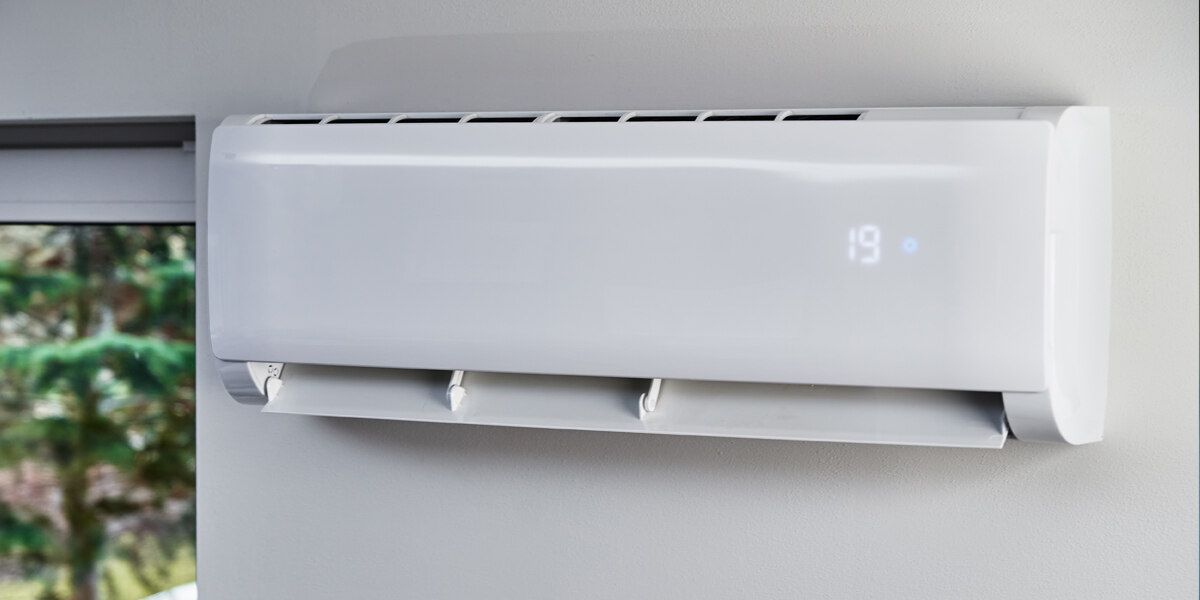
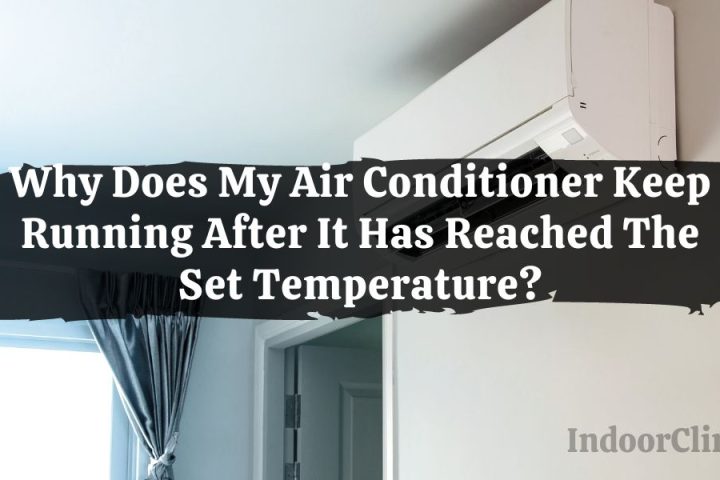
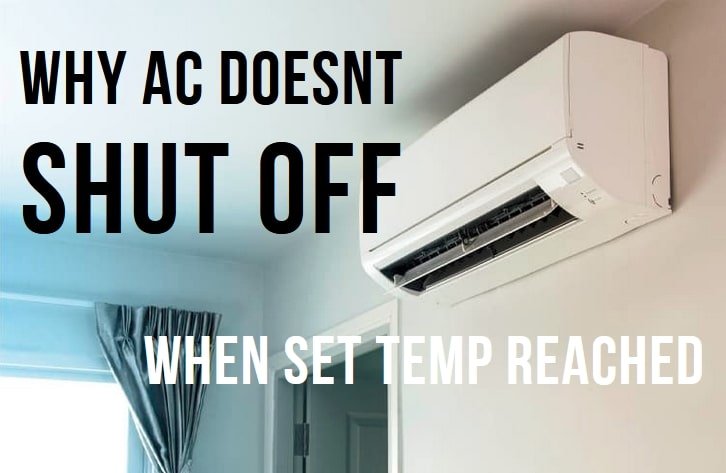


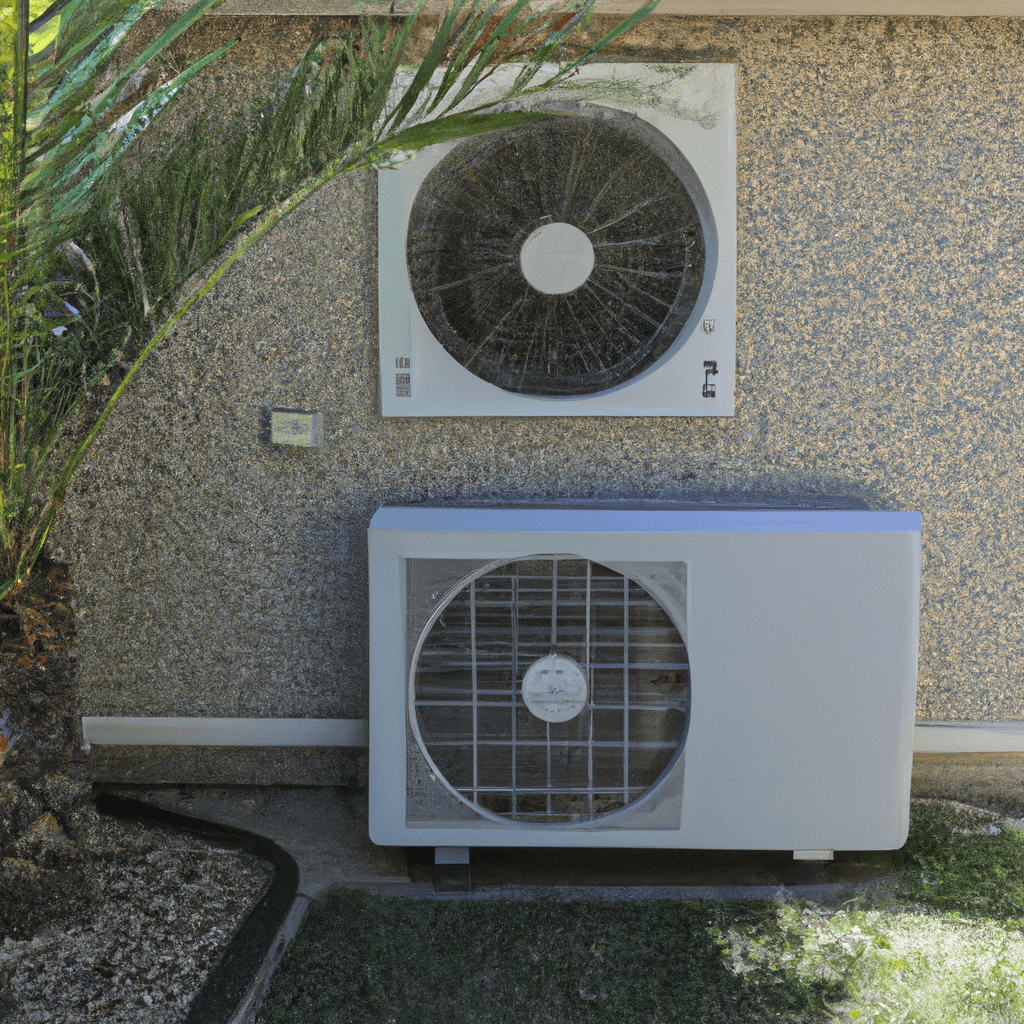

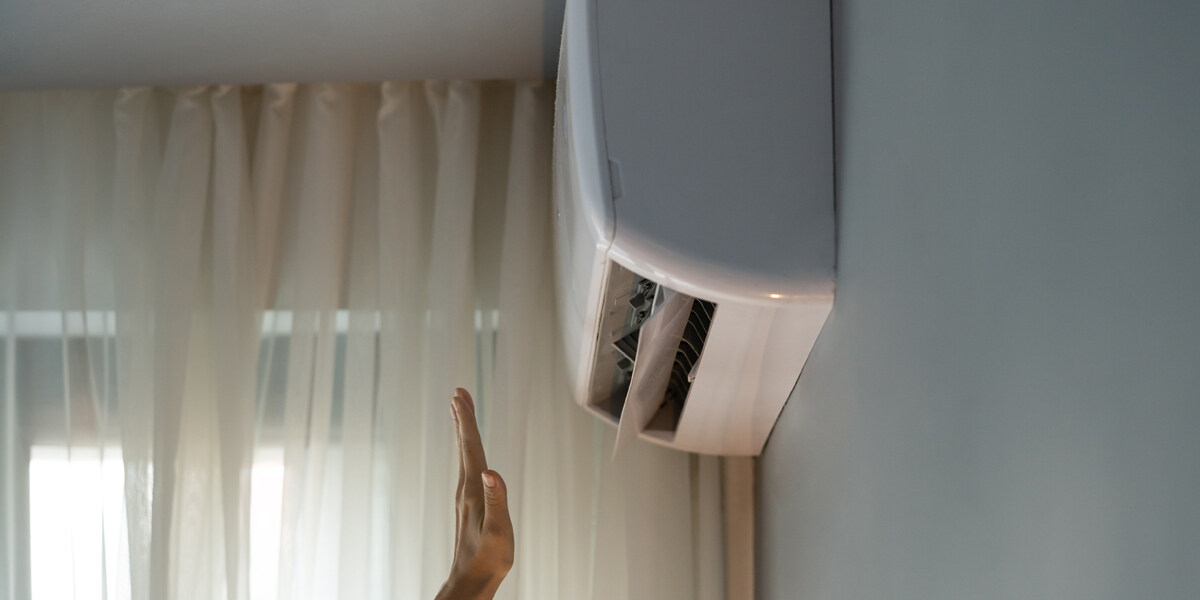
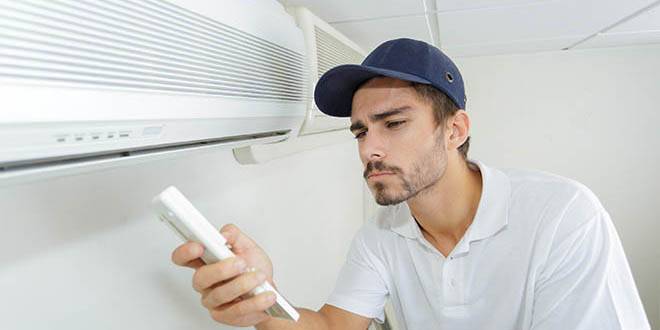

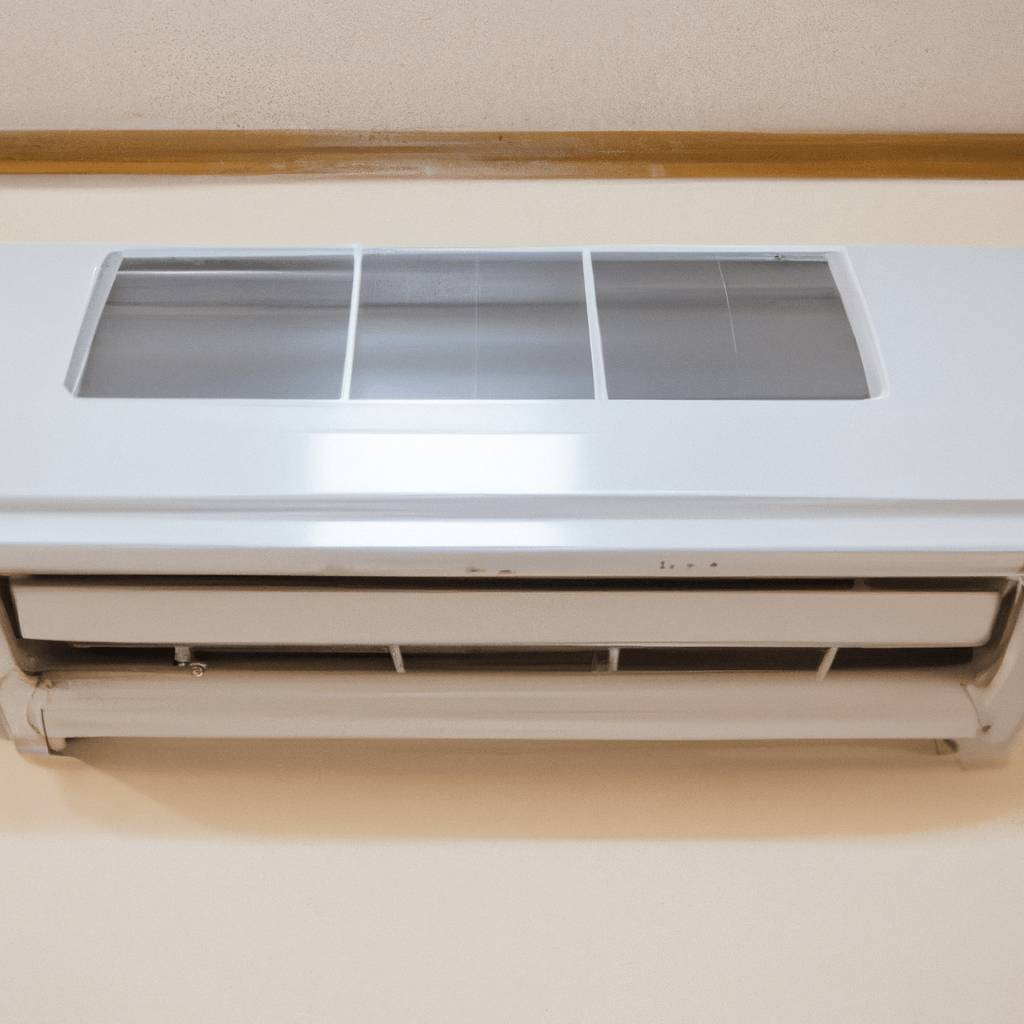
![Why Is My Ac Still Run After Reaching Temperature Thermostat Won't Turn Off AC [Quick Fixes] | Smart AC Solutions](https://smartacsolutions.com/wp-content/uploads/2023/09/Why-my-Air-conditioner-keeps-running-when-turned-off.jpg)



